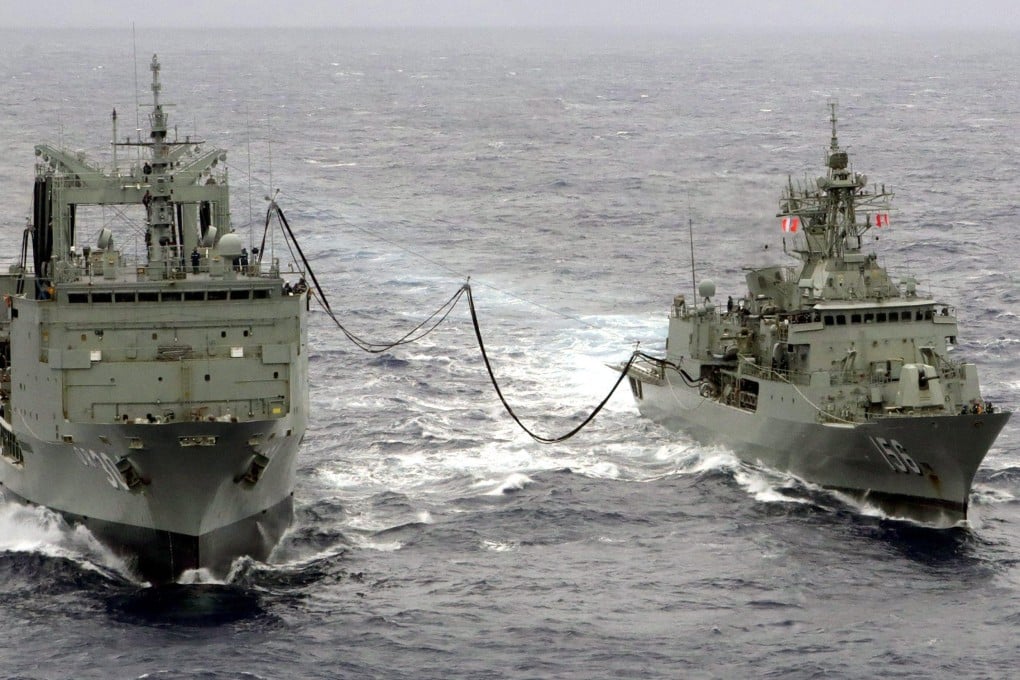Advertisement
Australia unveils US$7 billion defence overhaul to more than double size of its naval fleet
- The move to add 15 major surface combatant ships will leave Australia with the largest fleet it has had since the end of the Second World War
- Canberra on Tuesday highlighted that not only was it boosting the size of its fleet, it will also bring forward the timeline for delivery
Reading Time:3 minutes
Why you can trust SCMP
3

Australia on Tuesday outlined a decade-long plan to double its fleet of major warships and boost defence spending by an additional US$7 billion, in the face of a quickening Asia-Pacific arms race.
Under the plan, Australia will get a navy of 26 major surface combatant ships, up from 11 today.
“It is the largest fleet that we will have since the end of the Second World War,” said Defence Minister Richard Marles.

Australia will build six Hunter-class frigates, 11 general-purpose frigates and six state-of-the-art surface warships that do not need to be crewed.
At least some of the fleet will be armed with Tomahawk missiles capable of carrying out long-range stand-off strikes on targets deep inside enemy territory – a major deterrent capability.
Marles said on Tuesday that Australia’s government will, in the May budget, bolster funding for the military over the next decade by A$11.1 billion (US$7.3 billion) for a total of A$54 billion. The aim is to provide a larger and more lethal fleet that will complement a planned conventionally-armed, nuclear-powered submarine fleet.
Advertisement